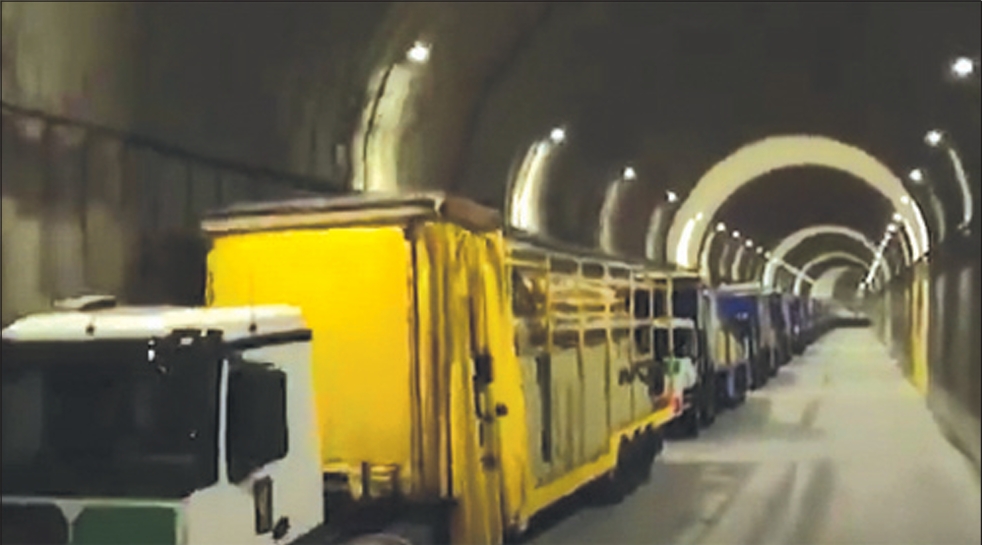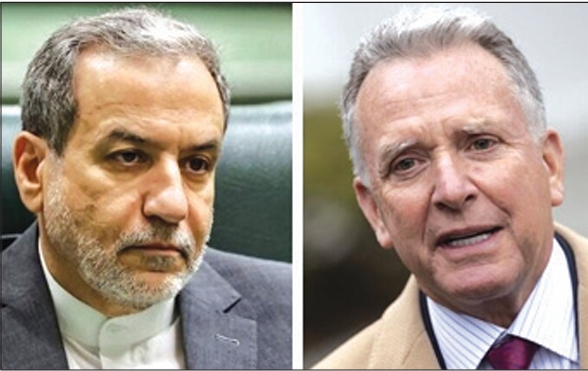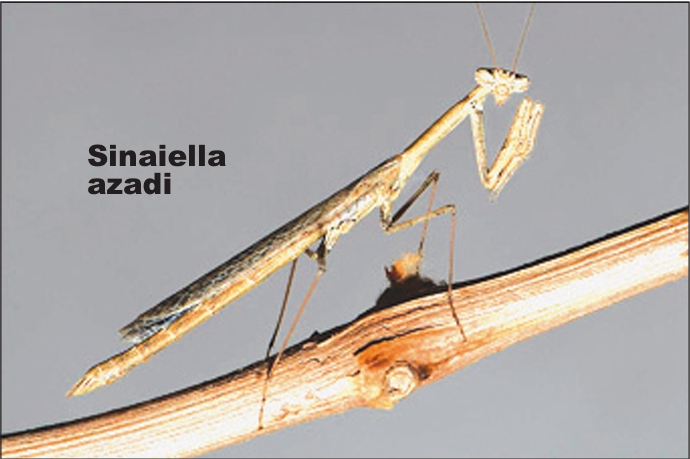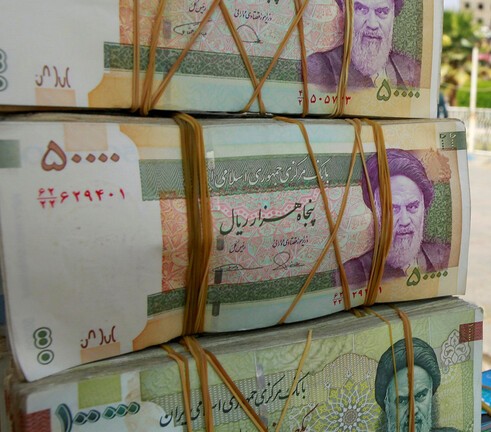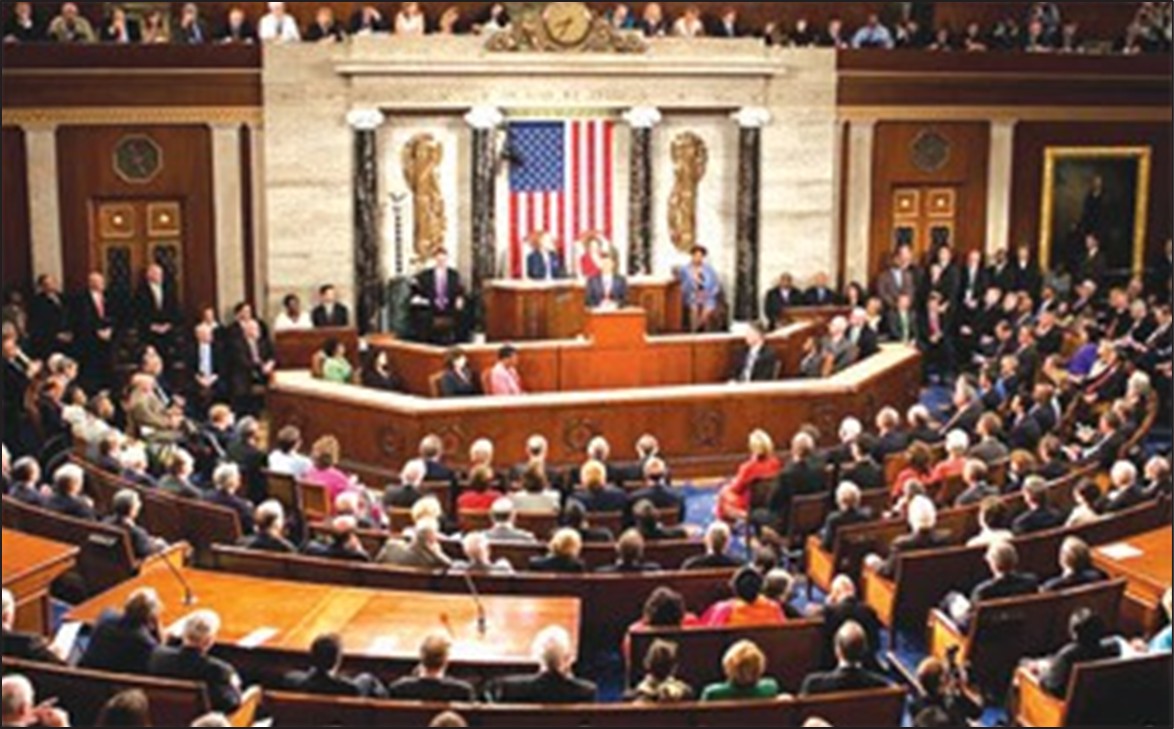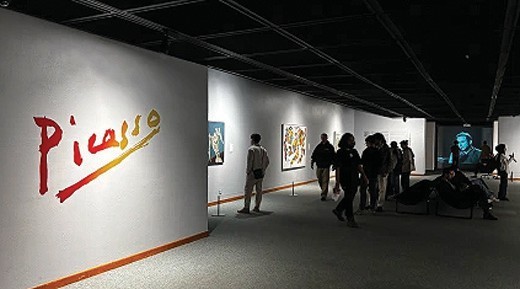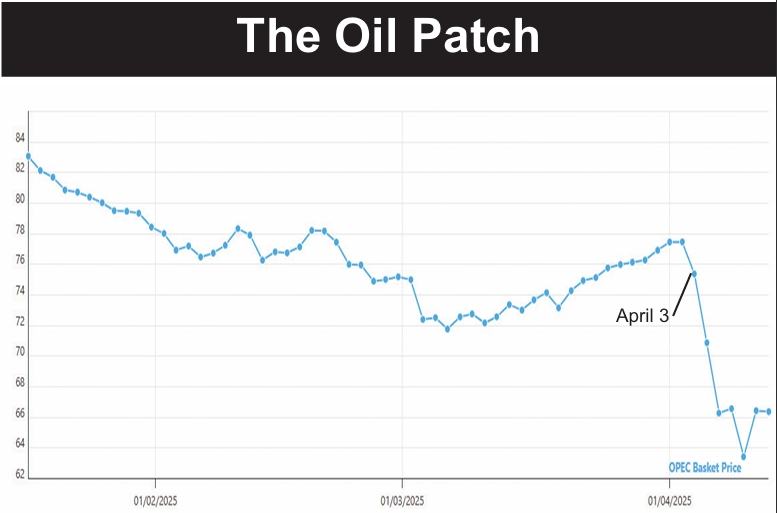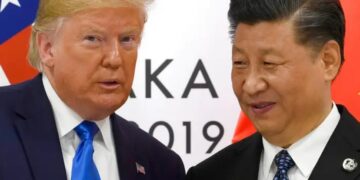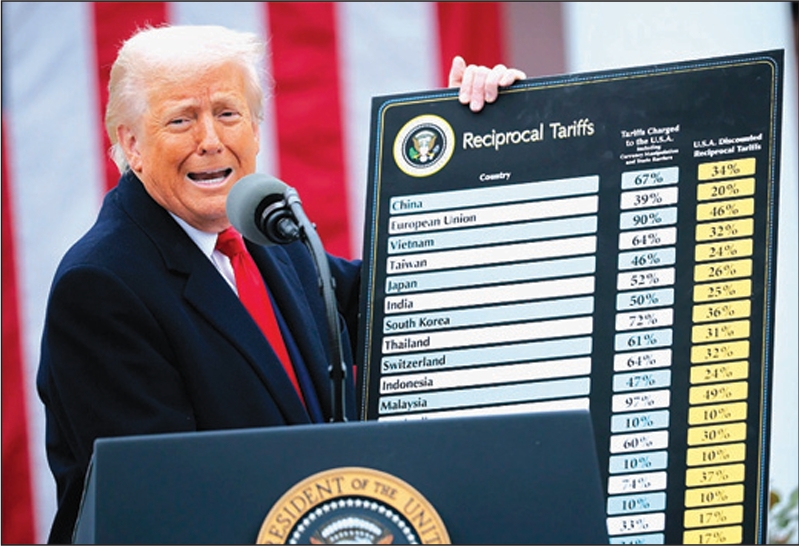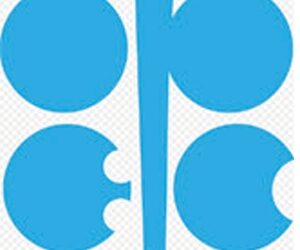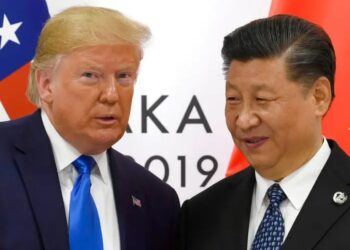Sri Lanka has closed down its sole oil refinery after its stocks of Iranian crude ran out, Petroleum Minister Susil Premajayantha told Parliament last Thursday.
The minister said Sri Lanka had been unable to import Iranian crude. Various Sri Lankan newspapers gave different explanations of what Premajayantha told parliament. One said US ships had blocked Sri Lankan tankers and would not let them enter Iranian waters. However, there is no US blockade of Iranian ports; not even the Islamic Republic claims that.
Others said Iranian tankers were supposed to bring Iranian crude to Sri Lanka, but failed to do so. Iran has offered to carry oil to its clients. News reports from China have said Iran has been unable to make all the planned deliveries. With Iran’s exports cut by two-thirds, it should have enough capacity to make such deliveries, however.
Most newspapers quoted the oil minister as saying the main problem was that banks would not issue letters of credit with which to pay Iran. “Without an LC, how can we order cargo?” one newspaper quoted him as saying.
Premajayantha assured parliament there would be no fuel shortages. He said two tankers with fuel—one from Oman and the other from Saudi Arabia—were on their way to Sri Lanka, with the first due to arrive November 8 or 9, after which the refinery would resume operations. He said there was enough fuel on hand now to fill demand until the refinery resumed work after a two-week closure.
The oil minister complained about US sanctions. He said they had massively driven up the cost of crude for Sri Lanka. News reports quoted him as saying that through October of last year the government spent $3.8 billion importing crude while the bill so far this year has reached $5 billion, a jump of 32 percent. But the price of an OPEC barrel so far this year is $110.04 versus an average price of $107.46 last year, an increase of just 2.4 percent.
Premajayantha gave no explanation for the huge jump in the country’s oil costs. He didn’t say if the same quantity of oil was ordered in both periods.
Sri Lanka normally imports 13 tanker-loads of crude a year. In the past, all of them normally came from Iran. To win an exemption from US sanctions in June, Sri Lanka pledged to cut its Iranian oil imports to 10 tanker-loads this year.
The Sri Lanka news reports failed to say how many tankers with Iranian crude have unloaded in Sri Lanka so far this year.
Premajayantha said Sri Lanka would no longer import any Iranian crude until the United States gave it some help so it could issue letters of credit to pay for more Iranian oil.
“Til the US gives us a green signal, we won’t be able to have any transactions with Iran. That is the reality,” Lakbima News quoted Premajayantha as saying.
The Sri Lankan media leaves much to be desired. Several papers reported that the refinery can only process Iranian crude, while in the same news story saying the country was awaiting shipments of Omani and Saudi crude. Many refineries are optimized to operate most efficiently on one type of crude, but they can still handle other grades.
The Island daily reported Sunday that Iran had agreed to provide Sri Lanka with crude without any letter of credit. It quoted Iranian Ambassador Mohammed Nabi-Hassanipur as saying Sri Lanka needed only to tell the embassy what its purchase requirement was and the embassy would forward that to Tehran with no letter of credit required. The story did not say how the ambassador expected Iran to pay for the crude.
The Sunday Times of Sri Lanka quoted Premajayantha as saying, “We want to discuss with the US authorities ways of clearing the obstacles for opening letters of credit through banks to import Iranian crude.”
Although Premajayantha indicated the supply problem had been ongoing for months, HIRU-TV said last Friday’s remarks in parliament were the first public statements the minister had made about the problem.


